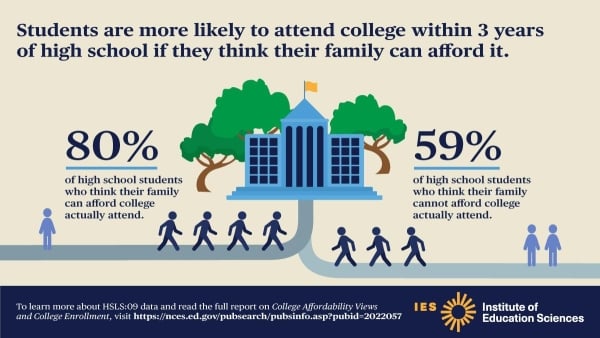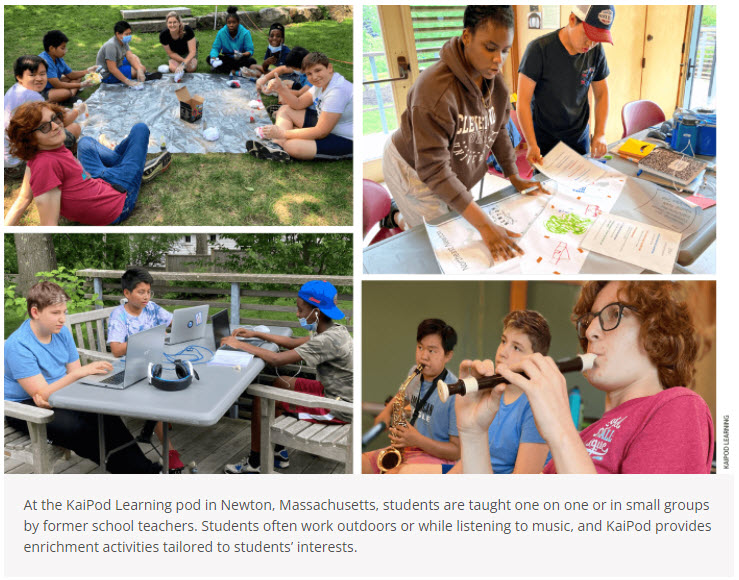From DSC:
For those who work within higher education, my guess is that this phenomenon/message comes as no surprise. But for those outside of higher ed, can you blame young people — and their families — for giving up on a path because it appears too expensive?
Perceptions of Affordability — from insidehighered.com by Elizabeth Redden
High school juniors who believe they can’t afford higher education are about 20 percentage points less likely to attend college within the first three years after high school than peers who don’t think affordability is a barrier.













